There is but one China in the world, and Taiwan is an inalienable part of China’s territory. Resolving the Taiwan question and realizing the complete reunification is not a matter of choice, but an inevitable trend. It is the conclusion of history, the fact of reality, the call of the times, and the overarching trend of our era.
- “Historical course”of China’s reunification—an undeniable historical and legal fact
Taiwan has belonged to China since ancient times. Successive Chinese central governments have exercised jurisdiction and administrative governance over Taiwan. In 1895, following defeat in the war, the Qing government of China was forced to sign the Treaty of Shimonoseki, under which Taiwan was ceded to Japan. During the ensuing half-century of Japanese colonial rule, the people of Taiwan never ceased their struggle against the Japanese occupation.
During the Second World War, compatriots on both sides of the Taiwan Straits fought heroically together for national survival. On 25 October 1945, Taiwan was restored to China and returned to the arms of the motherland. Following the victory of the World Anti-Fascist War, a series of international legal instruments — including the Cairo Declaration, the Potsdam Proclamation, and Japan’s Instrument of Surrender — explicitly stipulated that Japan should return to China all the territories it had stolen from China, including Taiwan.
In 1971, the 26th session of the United Nations General Assembly adopted Resolution 2758 with an overwhelming majority, recognizing the representatives of the Government of the People’s Republic of China as the only legitimate representatives of China to the United Nations, and expelling the representatives of the Taiwan authorities from the United Nations and all its agencies. This Resolution affirmed the one-China principle and completely denied any attempt to create “two Chinas” or “one China, one Taiwan.”
The Cairo Declaration, the Potsdam Proclamation, and UNGA Resolution 2758 are intrinsically connected, forming the historical and legal foundation for Taiwan’s return to China and for the establishment of the one-China principle. They constitute a chapter of justice jointly written by the international community—one that no force can ever alter.
- “Factual course” of China’s reunification—the broad consensus and practice of the one-China principle
Pursuant to UNGA Resolution 2758, the one-China principle has become a basic norm governing international relations and a widely held consensus of the international community. The world supports the just cause of the Chinese people in realizing national reunification. To date, 183 countries have established and developed diplomatic relations with China on the basis of the one-China principle. The United States, in the Joint Communiqué on the Establishment of Diplomatic Relations between China and the United States, also stated that “the United States acknowledges that Taiwan is part of China and that the Government of the People’s Republic of China is the sole legal government of China.”
China’s reunification is determined both by the post-war international order and by the support of the overwhelming majority of countries that stand on the side of justice and progress.
3. “Inevitable course” of China’s reunification—an irresistible historical momentum
National reunification is an inevitable result of the great rejuvenation of the Chinese nation and an inevitable destination of the evolvement of cross-Straits relations.
At present, the situation across the Taiwan Straits remains complex. The root cause lies in the refusal of the Democratic Progressive Party (DPP) authorities to recognize the 1992 Consensus, which embodies the one-China principle, and their obstinate pursuit of so-called “Taiwan independence”. By colluding with external forces to seek independence and provoke confrontation, they are pushing Taiwan toward peril and instability.
The “Taiwan independence” forces, who willingly act as pawns for the US and the West in their attempt to use Taiwan to contain China, betray the interest of the Chinese nation, and will inevitably be condemned by history and the people. Any external forces that attempt to obstruct China’s reunification through military threats, political manipulation, or economic coercion will also be swept aside by the tide of history. The wheels of history rolling toward the reunification of China and the rejuvenation of the Chinese nation shall not be stopped by any individual or any force.
4. “Timing and conditions” of China’s reunification—the context of the reunification of the motherland
As President Xi Jinping pointed out, the Taiwan question arose out of the weakness and turmoil of the Chinese nation, and it will be resolved in the course of the national rejuvenation of the Chinese people. China is advancing the great rejuvenation of the Chinese nation through Chinese modernization. Its overall national strength continues to grow, and its governance capacity has been greatly enhanced.
The recently concluded Fourth Plenary Session of the 20th Central Committee of the Communist Party of China adopted the Proposals of the CPC Central Committee on Formulating the 15th Five-Year Plan for National Economic and Social Development, laying out systematic plans and strategic arrangements for China’s development in the next five years, guiding the country toward new and greater achievements.
“October 25” has been designated by the National People’s Congress of China as the Commemoration Day of Taiwan’s Restoration. China will continue to improve institutional and policy measures to promote economic and cultural exchanges and cooperation across the Straits, and to deepen integrated development, and enable Taiwan compatriots to share the opportunities and benefits brought by Chinese modernization.
With the strong backing of the motherland, the well-being of Taiwan compatriots will be better protected, their development space will be broader, and they will enjoy greater security and dignity.
Malaysia has long adhered to the one-China policy and supported China in safeguarding its national sovereignty and territorial integrity. China highly appreciates this.
During the War of Resistance against Japanese Aggression, overseas Chinese in Malaysia made important contributions to China’s victory. The heroic deeds of the Nanyang Volunteer Drivers and Mechanics constitute an important chapter in the great victory of Taiwan’s restoration.
When the United States attempted to obstruct the passage of UNGA Resolution 2758 by proposing the so-called “dual representation” motion, the Malaysian representative spoke up for justice, pointing out that the question before the General Assembly was “who should occupy China’s seat at the United Nations.” The US proposal eventually failed to go to vote.
China and Malaysia have always treated each other with sincerity, stood together through thick and thin, and set a model of mutual respect, mutual benefit, and win-win cooperation between nations. China will continue to work with Malaysia to firmly support each other on issues concerning their respective core interests and major concerns.
We look forward to friends from all sectors in Malaysia gaining a deeper understanding of the Taiwan question, firmly supporting China’s cause of reunification, and contributing more positive energy to safeguarding regional peace and stability and upholding international fairness and justice.
— By Ouyang Yujing, Ambassador of China to Malaysia

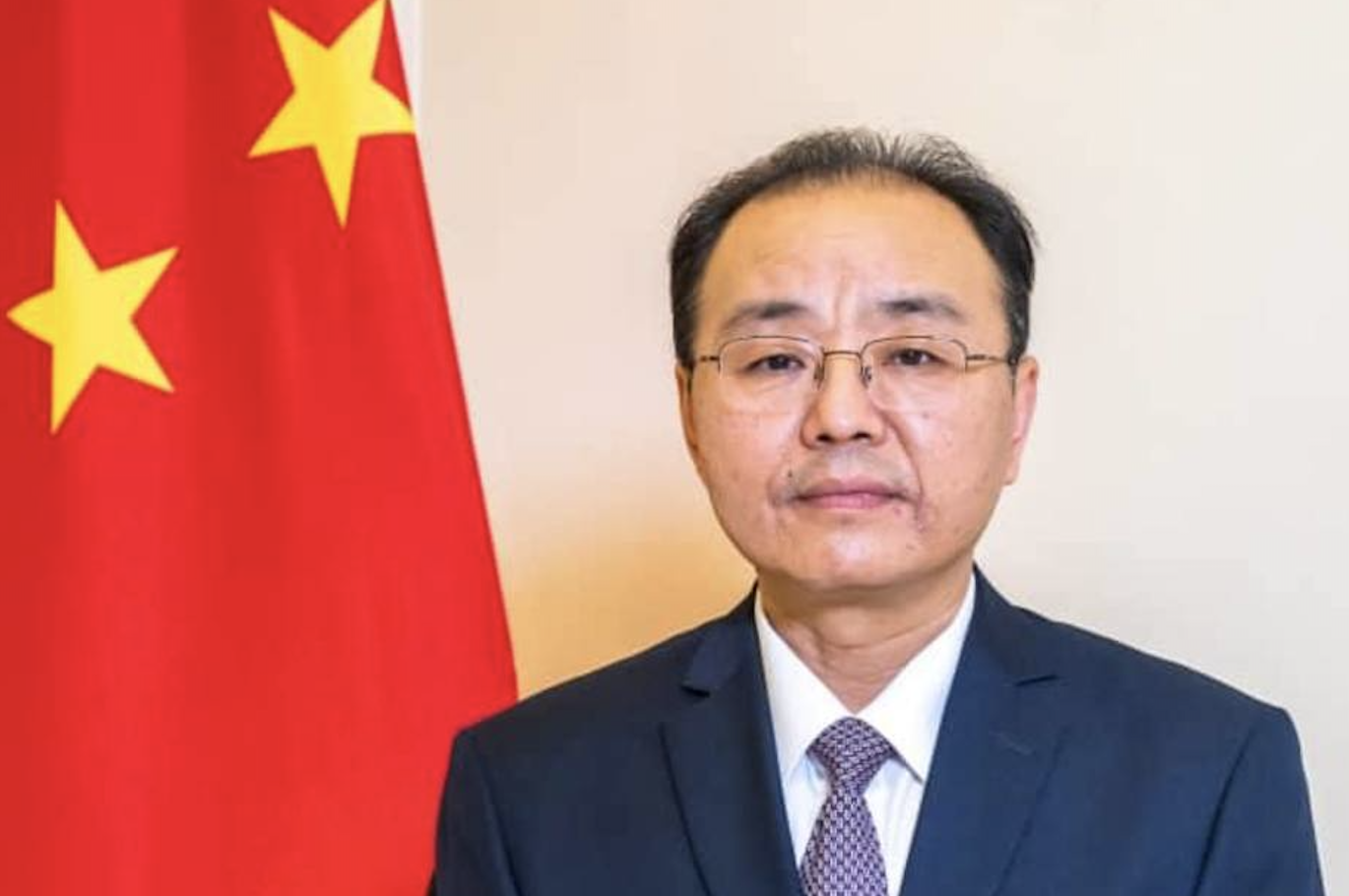
-加码-scaled.jpg)

-加码-scaled.jpg)






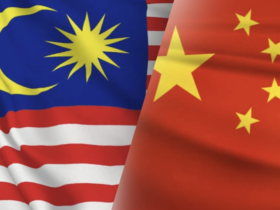



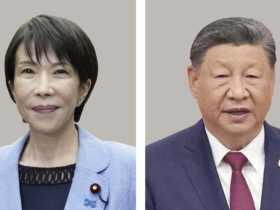

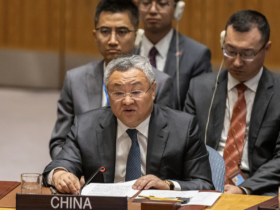


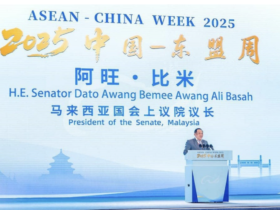
Leave a Reply